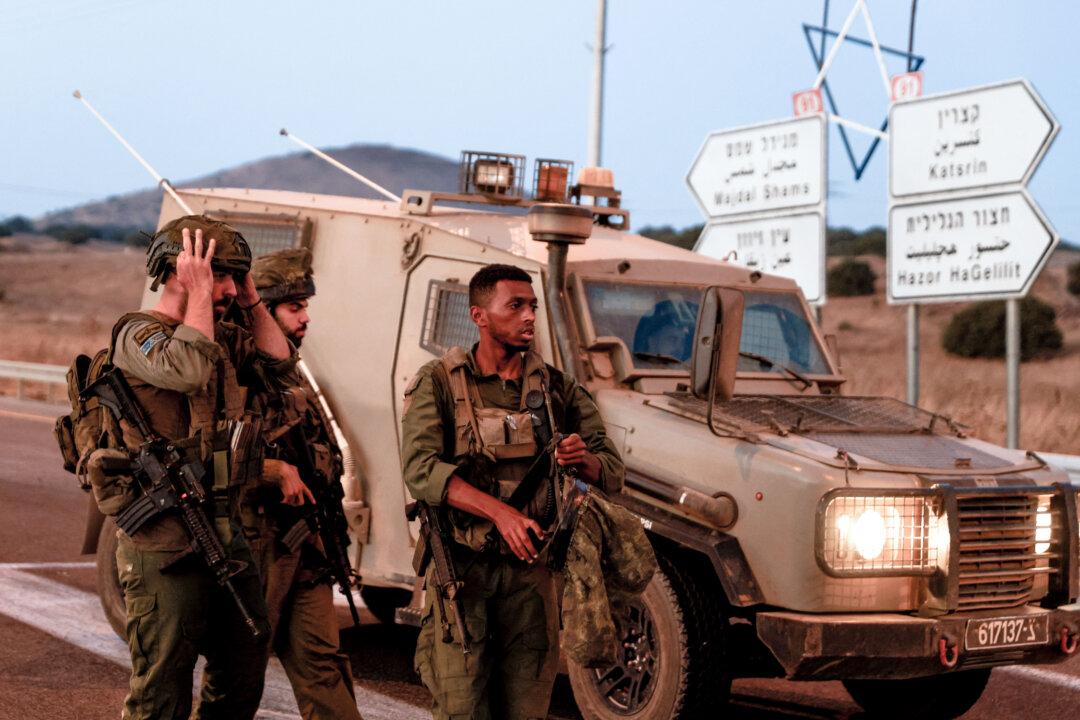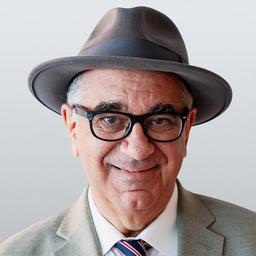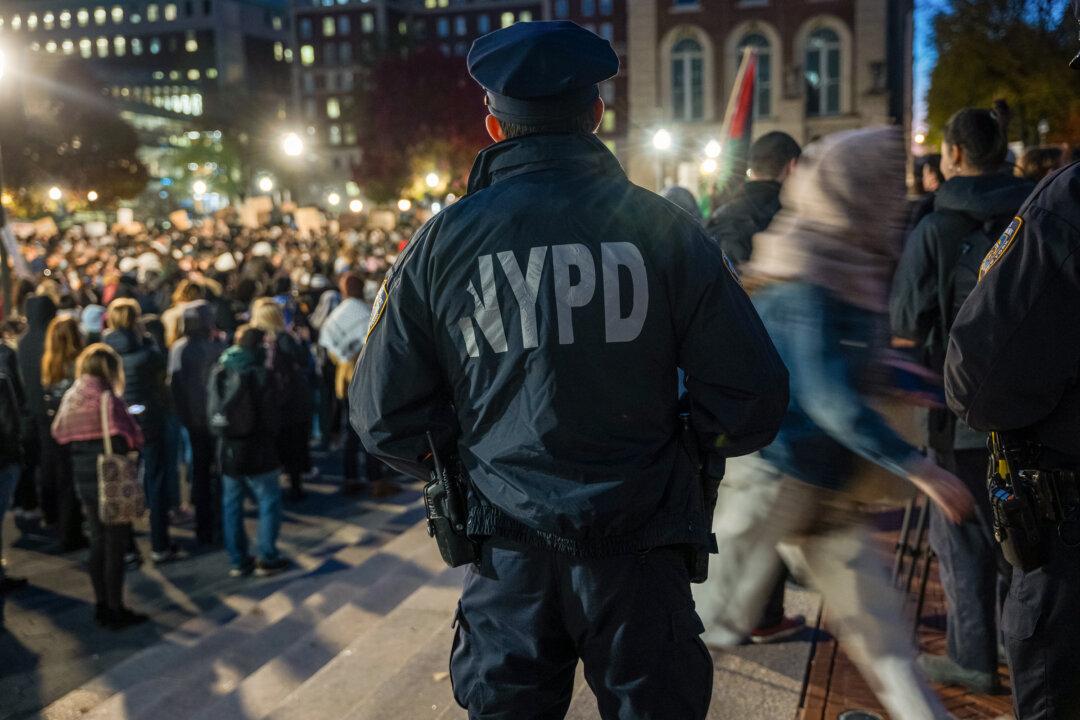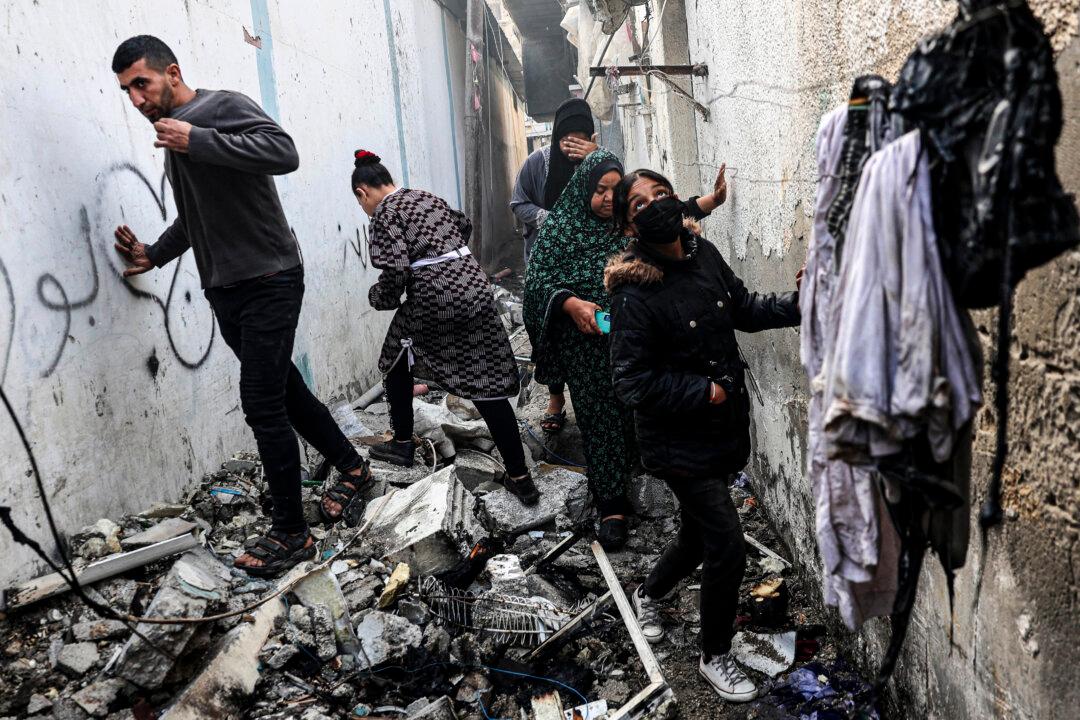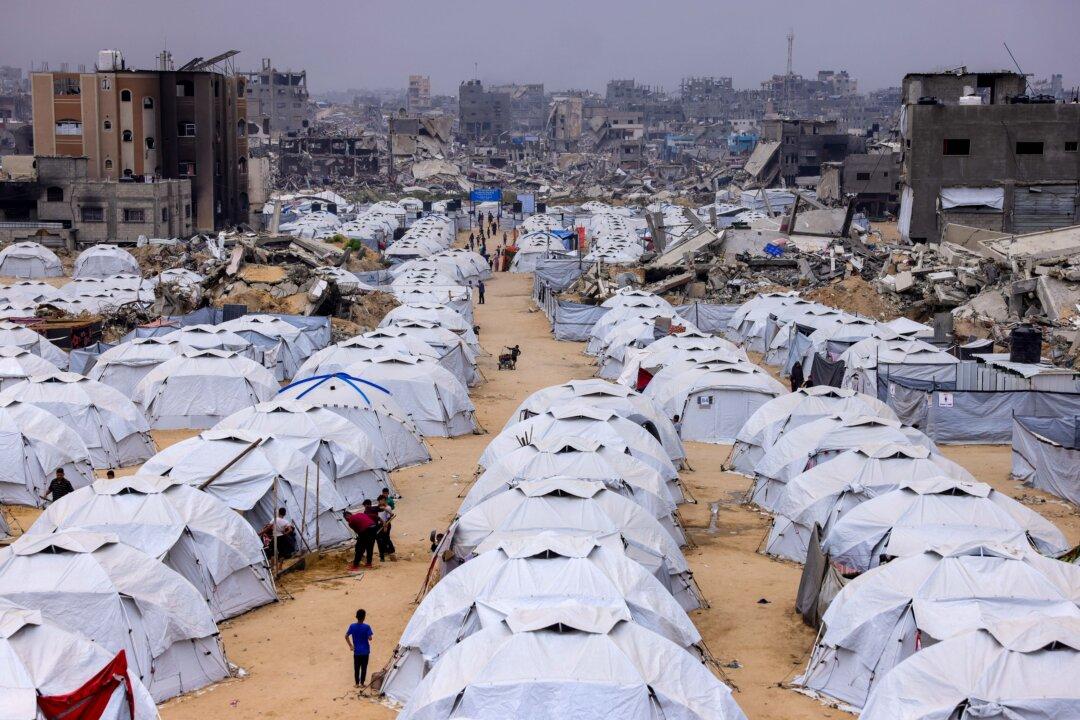The Israel Defense Forces (IDF) pounded Gaza City with heavy artillery, keeping up military pressure as new cease-fire negotiations approached. Over the past week, Israeli soldiers killed more than 150 terrorists in close-quarters combat both above and below ground in the Shejaiya area, the IDF said on July 9.
The IDF said it dismantled Hamas terrorist infrastructure, encountered and destroyed booby-trapped buildings and explosives, and located dozens of weapons and intelligence documents. Six tunnels used by the terrorists, roughly six kilometers (about 3.7 miles) long in all, were located and destroyed, including some command and control centers, according to Israel’s military.
